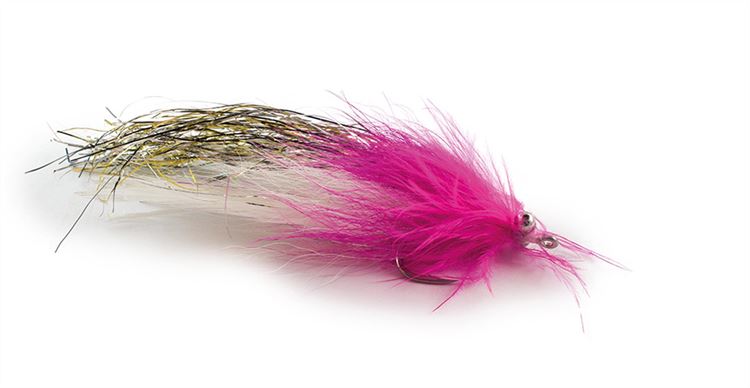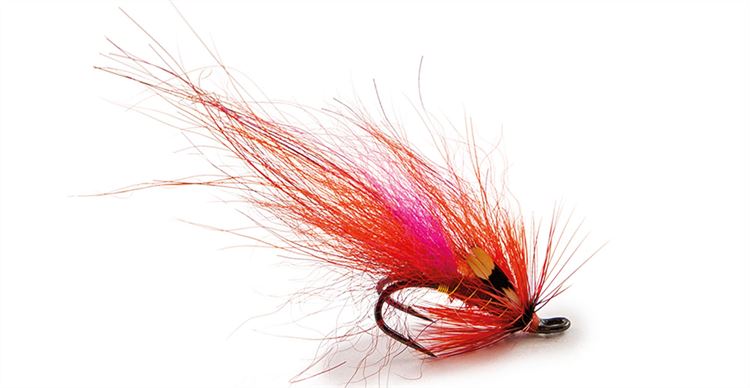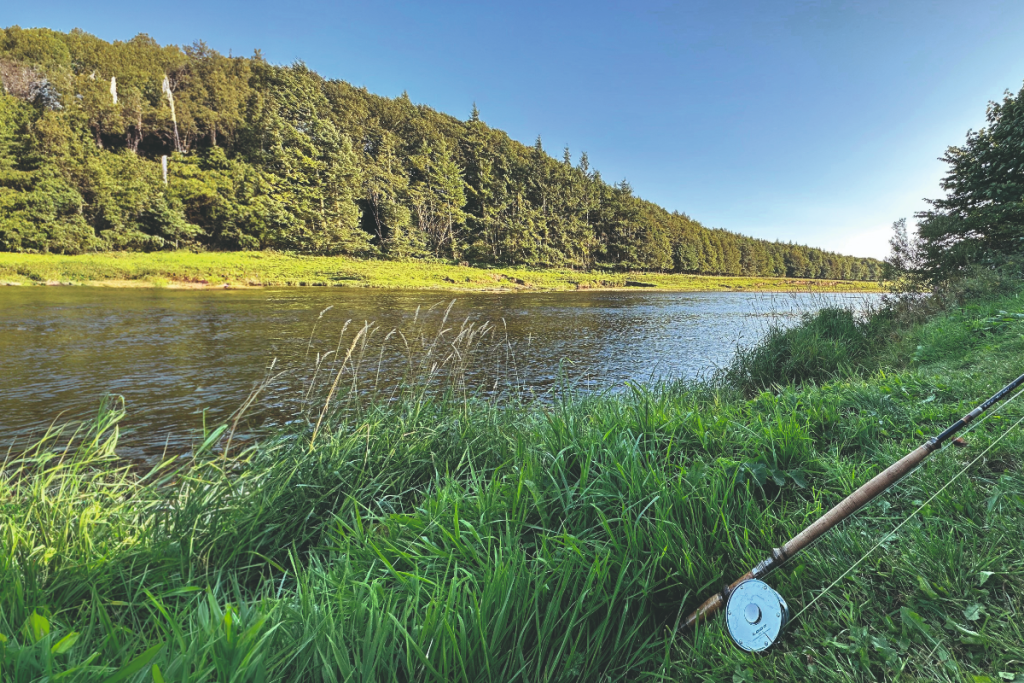Three favourite pink flies
Almost every species of fish seems to show a distinct penchant for pink.

What is it about pink?
American anglers love to trot out the excruciating old rhyme, ‘it if ain’t chartreuse, it ain’t no use’. Well, let me tell you: it is if it’s pink.
Almost every species – from the humble grayling to chrome-bright steelhead and mighty sailfish – seems to show a distinct penchant for a splash of ‘rosado’. In fact, they often positively flip out for it.
In the salt, pink is a killer. Ocean speedsters like wahoo go nuts for a big, pink, flashy profile, while at Casa Vieja in Guatemala – the undisputed sailfish capital of the world – all sailfish flies are huge pink and white Cam Sigler popper patterns. They simply never use anything else. Bonefish love pink, and those big brutes of the Indian Ocean, Caranx ignobilis (giant trevally) are particularly fond of the colour, too. I once caught 27 of these demented bruisers in one epic day on the legendary flats of Astove, mainly using a flashy pink and white fly that seemed to bring them rushing in from all corners of the ocean.
Australian saltwater anglers are surprisingly in touch with their feminine side; their imaginatively named ‘Pink Thing’ was first shown to me by my good friend and Aussie fly fishing legend Pete Morse. It is his go-to for everything – from queenfish to barramundi to… well, you name it. And, in Morsie’s expert hands, it is lethal. The fly travels well, and is absolutely devastating for peacock bass and pike, too.
Meanwhile, anadromous fish also display a penchant for pink. Alaska’s coho salmon will literally do cartwheels for a big surface pattern like the Pink Pollywog, and the monster chinook salmon of Chile are suckers for one of my good mate Stu Foxall’s huge Pink Intruders.
Steelhead expert Marc Bale insists that pink is the colour for hot chrome fish, and Aqua Flies’ Senyo’s Pink OCD is a particularly potent example. A pink ‘egg’ bead in front of a Black Rabbit Leech can transform your day on the Dean, the Bulkley, or the Kispiox. In fact, on some days when the steelhead are snacking on pink salmon eggs, you may want to discard the leech bit altogether. For example, my mate Jimmy Allen, head guide at Bear Claw Lodge on the legendary Kispiox, watched me from downstream as I pulled five big steelhead out of the river one after the other on what I finally disclosed was my Egg-Sucking Leech ‘variant’ – featuring just the pink bead and, er, no leech whatsoever. While perhaps not considered ‘cricket’ by some aficionados, a pink egg fly is one of the deadliest steelhead flies I know. It’s also a proven killer for big rainbows in Alaska and Kamchatka.
Atlantic salmon fishers are, as always, the most conservative of anglers, but even they are starting to cop on. There’s always been a few pink salmon flies knocking around, but they’ve been considered a curiosity, and an oddity to try when all else fails. Ross MacDonald’s Calvin’s Shrimp changes all that. The fly – named for Ross’ son – is a gem. The dressing prescribes a tail that includes what Ross describes as magenta arctic runner, but I know pink when I see it. Try it – the fly is deadly, particularly for autumn-run fish on tannin-stained rivers like the Tyne and Spey.
Grayling can be incredibly fastidious at times, but any grayling angler worth their salt will tell you that pink – whether incorporated into a pheasant tail nymph or a simple shrimp pattern – is the key to seducing even the trickiest ladies of the stream. A well-presented pink fly is rarely passed up, even in the clearest of water.
It’s not just the fish that see pink well – our eyes are also very much drawn to the hue. When fishing a tumbling freestone river like the Wharfe in Yorkshire, the normal killer, Hans Van Klinken’s brilliant Klinkhammer emerger, can be hard to spot. Instead, reach for its cousin, the Pinkhammer. This little gem stands out like a beacon in the white, foam-flecked waters and is easy to track, allowing the angler to see the subtle sucking takes for which the fly is well known. North-country expert Stuart Minnikin’s elegant tying of this simple pattern is outstandingly successful, and has caught me fish from Yorkshire to New Zealand.
Whatever you’re fishing for, try a bit of pink – there are very few fish that won’t succumb to its charms. And besides, chartreuse is just so last year.
Related Articles
Get the latest news delivered direct to your door
Subscribe to Fieldsports Journal
Elevate your experience in the field with a subscription to Fieldsports Journal, the premium publication for passionate country sports enthusiasts. This bi-monthly journal delivers unparalleled coverage of game shooting, fishing and big game across the UK and beyond.
Each issue offers a stunning collection of in-depth features, expert opinions and world-class photography, all presented in a timeless yet contemporary design.
Save 10% on shop price when you subscribe, with a choice of packages that work for you. Choose from Print & Digital or Digital only with each journal delivered directly to your door or via the app every other month, plus access to past issues with the digital back issue library.









